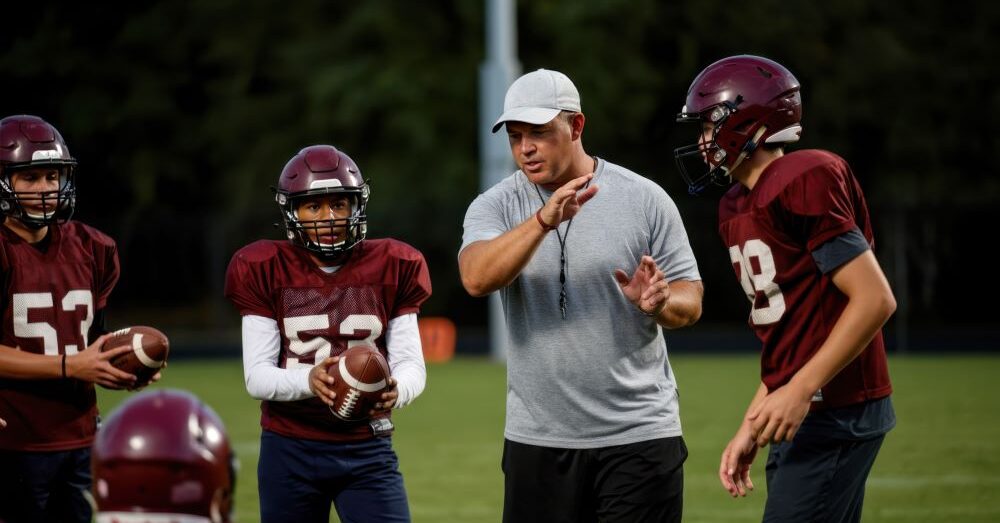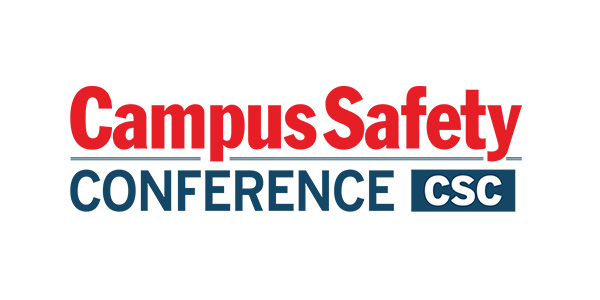Information is abundant on active shooter threat management. Local, state and federal officials, as well as various academic disciplines spend a lot of time studying strategies on how to mitigate, respond to and even prevent this type of tragedy. The U.S. Secret Service (USSS) and the Federal Bureau of Investigation (FBI) even have specialized units, behavioral analysis units, and/or threat management teams aimed at preventing and reducing active shooter incidents.
Related Article: 10 Key Findings from the U.S. Secret Service’s Targeted School Violence Report
Training is regularly provided to school officials and campus police and security. Such training typically focuses on the threat management process, which basically brings a variety of campus officials together and attempts to determine if anyone is a threat to a school based on behavioral characteristics and the totality of the circumstance. Threat management is an early intervention tool to help students with issues before they become overwhelming and perhaps lead to violence.
Are the Right People Trained to Prevent an Active Shooter Event?
However, an important question needs to be asked: Are the right people on campus involved active shooter threat management training?
Over the years, some schools have implemented training for security, counselors, advisors, teachers, code of conduct teams, and where applicable, residential live-in staff members at schools or universities that offer boarding.
Safety and security is everyone’s business. It’s important for K-12 and college campus officials to know what to look for, and to whom to report any concerning behavior and/or anomalies. Identifying what is an anomaly not only depends on knowing what behavior is considered normal, it also greatly depends on situational awareness. Campus personnel with the greatest chance of positive intervention are those with close ties to the students.
So, are the staff targeted for such intervention training the ones who can make the greatest difference? Or, and at the very least, are there others who should be involved in the threat management process? Is your school reaching out to those who have a greater chance of recognizing when a student begins to consider violence?
Why Coaches and Athletic Staff Are Key to Threat Prevention
One group on campus that typically knows students really well but is often overlooked for active shooter prevention training is the coaches and other athletic staff members. These employees, especially athletic trainers (ATs), understand the importance of building relationships with student athletes. Building such relationships is not only vital to the success of a program but the success of the individual athlete as well. The community that is formed is the starting point for learning trust and mental health awareness and strategies in young athletes.
ATs are necessary members in this trust chain because they are in the unique position of not having much influence over playing time (barring injury) or grades. This vantage point allows the athlete to be at their most vulnerable and honest. ATs see student-athletes on a daily basis and are privy to all of the chatter that happens around- and off-campus that usually is not shared with coaches or teachers. Injuries that often land an athlete in the training room usually go hand in hand with mental health, so ATs are well-versed in navigating conversations of self-doubt. They also are aware of the signs of when strong emotions can lead to deeper issues.
Related Article: How Social Workers Can Transform Police to Support Mental Health and Safety
Coaches, athletic trainers, and athletic administrators have a wide variety of campus officials to reach out to for help. A member of the counseling office at school is a great resource for coaches and athletic trainers when a student athlete is engaging in any worrisome behavior. As a team, along with the strength coach, another trusted adult, student athletes can be led to the resources that will serve them best.
Identifying those who are struggling is crucial in preventing possible violence during school, practices, or games. Understanding how quickly depression, anger, and frustration can escalate to physical violence is important to the prevention of incidents. ATs always have emergency action plans for each venue, so it only makes sense that they also have a vested interest in student behavior.
An active shooter is hopefully not a scenario that needs to ever test the efficacy of the athletic training plan or overall campus emergency operations plan, but it is imperative that the responsible adults (coaches, administrators, athletic trainers) are aware of the steps that must be taken for the safety of the community. A frequent saying here is “trust your judgement, you are hired for your judgement.” If something seems amiss, say something, using crucial relationships in the athletic sphere to hopefully prevent disaster.
Connecting Coaches to the Threat Management Process
Of course, it goes without saying that these same athletic staff must have relationships with campus security. Knowing when to involve security and others on the threat management team is also very important. In fact, it seems very fitting to have the athletic director, or for larger schools perhaps one of the associate directors, to be on the behavioral threat management team.
Related Article: School and University Behavioral Threat Assessment and Management (BTAM) Basics
Coaches build and maintain relationships with student athletes by serving as mentors. Especially during “in season” sports, coaches see and interact with their student athletes on a daily basis. Coaches get to know their student-athletes better than many other school officials and would likely notice any concerns or abnormal behavior. It is important that coaches are involved in preventing violence because in seeing the students under all conditions – winning big, losing big, and in pressure situations – they know the student at a deeper level than just seeing him or her in a traditional campus or classroom environment.
Coaches can observe firsthand if a student begins showing concerning stressors or other abnormalities. Knowing this, they can – at the very least – be an informant on which ones to watch out for if the school is ever under a direct threat, or even an in-house concern.
Take Notice of These Concerning Student Athlete Behaviors
It’s one thing to get the coaches involved, but they must also know what to look for. This is particularly why coaches should be involved in the threat assessment and threat management process since they generally know what’s normal (baseline) behavior for their student athletes and what type of player behavior is an anomaly. What is considered concerning behavior depends on the individual, the specific environment, and even the time of year (school year, athletic season, etc.).
As illustrated in Preventing Active Shooter Incidents Through Student Behavior Analysis, some concerning behaviors may include:
- social isolation
- abnormal mood swings or depression
- withdrawn behavior
- decrease in hygiene
- paranoia
- sudden and dramatic changes in behavior or personality
- detected or stated or plans of violence
- internet searches for weapons, acts of violence, extremist websites (likely unable to know)
- social posts featuring weapons, extreme views, endorsing violence
- escalating unsafe or aggressive behaviors; aggression or threats toward other students
- expressed hostile feelings of injustice or perceived wrongdoing
- distancing from friends
- changes in academic performance
- loss of significant relationships
- changes in financial status
- changes in living arrangements
- major adverse changes to life circumstances
- feelings of humiliation or rejection on the part of the shooter
- acquiring weapons after expressing grievance or desire for violence
- talking or hinting about suicide
Site-specific behaviors that could cause concern include:
- behavior not normally associated with an event or location
- someone in an area where they do not belong…especially a non-academic area
- someone avoiding authorities (teachers, security, etc.)
Using Training to Enhance Awareness and Intervention
Even though coaches and other athletic staff members tend to know their student athletes better than just about anyone on campus, they would also benefit from training. For example, a basic threat management class that not only provides various behavioral charterships, stressors, and concerns to be on the lookout for, but also shows the importance of connecting the dots and the totality of the circumstance. Understanding the bigger picture, and where it fits in, for example in the Pathway to Violence process will aid coaches and other athletic staff members in what to look for and who to involve with their concerns.
These kinds of training opportunities can be provided by campus security/police, local law enforcement, or the FBI.
Violence prevention, and most notably, active shooter preventive measures are routinely discussed, but often only among campus safety professionals. Others may be left out of such discussions and training, but actually have more of an opportunity to intervene.
Student peers, parents and coaches are far more likely to notice when a student athlete is experiencing any kind of stressor or other worrisome behavioral characteristics. Coaches can intervene to assist, and in some cases, report behaviors to others on campus to prevent problems from getting bigger and perhaps even dangerous.
Quite simply, coaches and their staff members know their student athletes. This knowledge can help them enable others to connect the dots or even prevent a crisis. It is also important for coaches to understand that a student who may consider an act of violence will likely have a grievance toward the place where the student attends, and the grievance may even be directed toward the athletic team. The grievance may actually be the result of an action that happened within the specific team (being cut from team, losing a starting position, being bullied by other players, etc.).
Empower Coaches to Build a Safer Campus
Coaches and other athletic department staff members must know what is considered a concerning behavior, a behavioral anomaly, and where to report such behavior. Coaches who take time and effort to really get to know their players will be an important part of connecting the dots and totality of the circumstance in preventing or mitigating an act of violence.
Andy Altizer is Emergency Manager at Westminster Schools; Julie Landrigan is the Head Athletic Trainer at Pace Academy; and Dunn Neugebauer is the Cross Country and Track Coach at Holy Innocents’ Episcopal School.
Note: The views expressed by guest bloggers and contributors are those of the authors and do not necessarily represent the views of, and should not be attributed to, Campus Safety.







